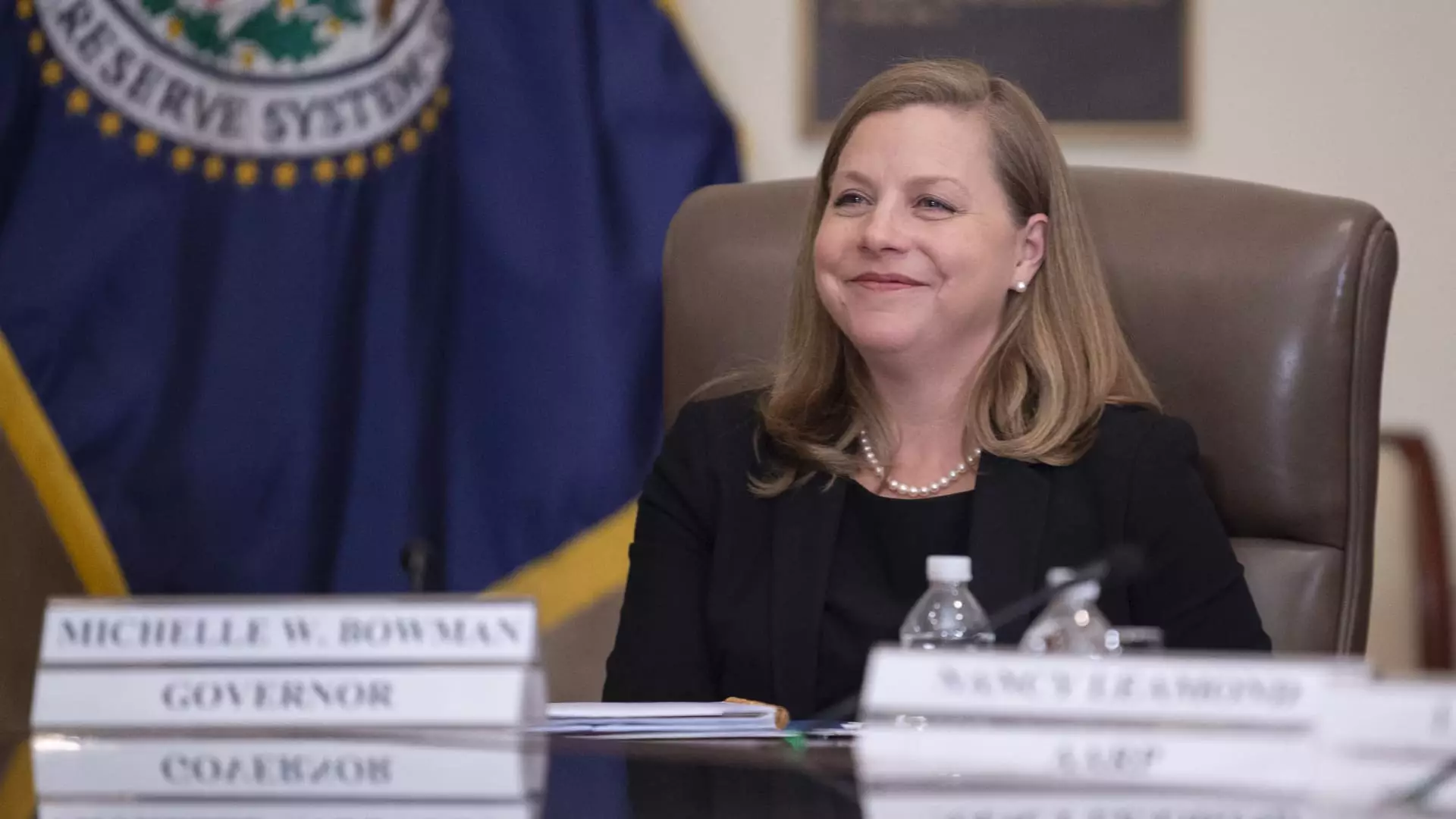Federal Reserve Governor Michelle Bowman recently highlighted the possibility of interest rates needing to move higher in order to control inflation. This stands in contrast to the general expectation in the market of potential rate cuts. While acknowledging the presence of upside risks to inflation, Bowman emphasized the importance of proceeding with caution in adjusting policy rates. She pointed out that prematurely reducing the policy rate could lead to a rebound in inflation, necessitating further increases in the future to achieve the desired target of 2 percent over the long run.
As a permanent voting member of the rate-setting Federal Open Market Committee, Bowman’s stance on inflation containment leans towards a more hawkish approach. While she remains open to the possibility of lowering rates eventually, she expressed concerns about the current economic landscape and the potential impact on inflation. Her emphasis on the need to carefully evaluate the risks and uncertainties associated with policy decisions reflects a pragmatic approach to monetary policy.
The recent statements from various Fed officials, including Chair Jerome Powell, have underscored a cautious approach towards rate cuts. Atlanta Fed President Raphael Bostic and Minneapolis Fed President Neel Kashkari have hinted at the likelihood of fewer rate cuts this year, compared to the expectations of futures traders. The divergence in views within the FOMC underscores the complex nature of policy decisions in the face of economic uncertainties.
Bowman’s assessment of inflation risks highlights the challenges posed by supply-side improvements, geopolitical uncertainties, and fiscal stimuli. The persistently high housing prices and tight labor market conditions further add to the complexities of achieving the inflation target. She noted that recent inflation readings suggest a potential slowdown in progress, particularly in core services, indicating the need for vigilant monitoring of economic data.
Governor Bowman’s cautious approach to interest rate policy serves as a timely reminder of the inherent challenges in achieving macroeconomic stability. The ongoing uncertainties in the global economic environment necessitate a nuanced and cautious strategy in adjusting policy rates. By carefully assessing the risks and uncertainties surrounding inflation and economic growth, policymakers can navigate the complex terrain of monetary policy effectively. As market expectations and economic conditions evolve, it becomes imperative for central banks to adopt a prudent and forward-looking approach to policy decisions.

